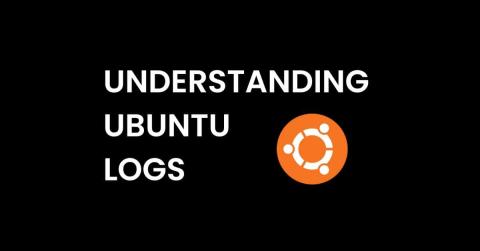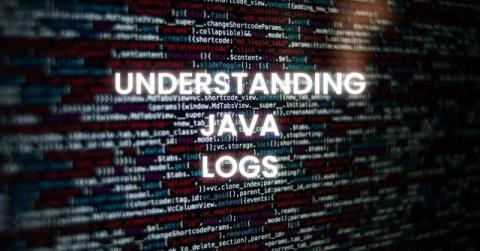Understanding Ubuntu Logs
Linux, Debian, and Ubuntu are the Kirk, Spock, and McCoy of modern application development. The Captain Kirk, Linux, is the open-source central code for directing and talking to hardware. Debian sits as the trio’s Spock, the original distro that can be seen as more complex to install and use. As a Debian child distro, Ubuntu is the McCoy, helping to heal the challenges that people have when trying to use Debian.











